Lifestyle Integration is the Missing Piece in Modern Wellness
Wellness facilities are rushing to implement trending wellness modalities to meet member demand.
Think cryotherapy chambers, cold plunges, infrared saunas, hyperbaric oxygen therapy, and pneumatic compression devices. All the bells and whistles that signal they’re on the cutting edge.
But many of them are missing a major opportunity right in front of them: lifestyle integration.
Without this integration, practices like cold plunging and breathwork might feel transformative in the moment, but they won’t create lasting change.
Dr. Rob Williams, Head of Education at Nordic Wellness, shares that true wellness requires more than intermittent activity at a facility — it requires a lifestyle change that extends beyond its walls. Drawing from his academic background and extensive breathwork training, he’s developed an approach wellness facilities can use to transform from service providers into training grounds for empowered wellness practitioners.
The Essentials:
▶ Traditional wellness facilities offer services designed to be experienced within their walls, providing members with temporary relief from daily stressors.
▶ To create a truly impactful wellness experience, facilities must help members integrate wellness practices into their daily lives.
▶ Dr. Rob Williams shares his approach to training members to become empowered wellness practitioners.
Traditional wellness provides temporary relief
Traditional wellness facilities operate on a session-based model.
During their sessions, members feel the benefits of different practices. Cold plunging provides mental clarity and pain relief, while yoga and breathwork help relieve anxiety. However, if these services are offered in isolation and designed to be experienced solely within a facility’s walls, the effects will be temporary.
Dr. Williams shares that this approach prevents members from having a wellness experience that sticks. They go home, and the stress and pain return because it’s difficult to apply the techniques they’ve learned out in the world.
“The hardest audience to work with is C-suite executives. They know how much stress they’re carrying personally and professionally,” he shares. “But the first thing they’ll say is, ‘I don’t have time. I don’t have time to think about my breath, I don’t have time to do breathwork.’”
When facilities don’t help their members extend the benefits of new modalities into their daily lives, wellness becomes a fleeting experience rather than a lifestyle.
Training master archers: Helping members become empowered wellness practitioners
Recognizing this limitation, Dr. Williams has developed a different approach rooted in his dual experience as a university educator and certified wellness practitioner. Rather than viewing wellness techniques as tasks you can only complete during scheduled sessions, he sees them as tools members need to carry with them throughout their lives.
“We’re training people to reach into the quiver and grab the right arrow for the right moment,” Dr. Williams explains. Each “arrow” represents a breathing technique designed for a particular situation. The “quiver” is the comprehensive toolkit that members develop, full of wellness techniques they can deploy when needed.

In this case, facilities need to become more than service providers. They need to become training grounds for master archers, or empowered wellness practitioners, providing members with the tools, knowledge, and confidence they need to practice on their own between sessions.
The impact of this approach is reflected in the response to wellness programs launched by facilities in partnership with Nordic Wellness. At Club Med in Québec City, Dr. Williams launched a pilot program that started with four participants. Within days, sessions were fully booked — not because of intentional marketing but because word of the experience’s transformative nature had spread organically.
Dr. Williams has also witnessed the impact of this approach outside of his role at Nordic Wellness. As a university professor, he would start class sessions with a guided breathing exercise. Former students routinely reach out years after graduation to share that his breathwork training was one of the most important skills they learned in college, as it was something they carried with them into their professional and personal lives.
Here’s how facilities can approach this training.
➳ Forge the arrows
Wellness facilities need to equip their members with the right arrows.
This requires not only adding the new modalities members demand, such as cold plunging and breathwork, but also tailoring practice techniques to their unique organizational culture and the specific needs of their members.
It’s critical to get fit right from the very start. When Dr. Williams and the Nordic Wellness team guide facilities through the implementation of new practices, alignment is top of mind. “We can show up in any professional space, having done our own research,” he says. “And then we tailor our particular flow to the flow of the organization with whom we're working.”

➳ Develop situational awareness
Beyond providing members with the right arrows, facilities need to ensure that members know when to use which arrow.
Dr. Williams emphasizes that facilities need to train their members how to recognize specific situations that call for different wellness practices. For example:
▶ Running a marathon? There’s a technique for that.
▶ Struggling with anxiety? There’s a technique for that.
▶ Feeling down? There’s a technique for that.
Members learn to map their real-world challenges to specific wellness techniques, creating automatic responses to common stressors. Rather than feel like they just added more tasks to their to-do lists, this helps members integrate beneficial practices into their everyday routines.
Not sure where to start? Discover how to find the right wellness partner.
➳ Master the draw
Facilities should also help their archers feel confident in their ability to execute.
Incorporating new wellness techniques can be intimidating, particularly those that are complex and intentionally stressful on the body. For example, some breathwork practices involve cyclic hyperventilation, which is demanding to perform in any setting — especially one without a coach present.
Drawing from his training as a certified Wim Hof Method instructor, Dr. Williams recommends starting off with techniques that can be performed in a relaxed manner. This helps remove the pressure and perceived judgment that often prevent members from practicing in between sessions. Even a simple reframe can go a long way. When Dr. Williams runs Nordic Wellness coaching sessions for facility staff, he often refers to “breathwork” as “breathplay.”

➳ Track performance
With the right tools, knowledge, and ability to execute, facilities can equip their archers to practice confidently in the world. However, they should check in on their progress when they return for their next training session.
To assess progress in breathwork training, Dr. Williams uses a simple yet powerful metric from Nordic Wellness: The Flow Score. He asks trainees to take a full breath in, and then exhale from the top of that inhale as slowly as they can, measuring how long it takes them to get from the top of the inhale to the very bottom of the exhale.

This provides a baseline measurement that can be tracked over time to show improvement, allowing facilities to provide immediate feedback while continuing to build member confidence in the practice.
“If you're breathing strategically, consciously, mindfully, you're inspiring your team with the power of your breath. Your organization is going to move, whether it's a wellness facility, a higher ed institution, a tech startup, or a sports team,” Dr. Williams explains.
Flowing through life
Lifestyle integration is at the heart of Nordic Wellness’ mission. “It’s our most important unique,” says Dr. Williams. “We focus on 24/7 lifestyle breathing. Equipping people with quivers full of arrows.”
By equipping members with the ability to integrate wellness techniques into their daily lives, facilities can transform from service providers into life-changing educators.
At a time when the demand for holistic wellness solutions is rising, this transformation will truly set wellness facilities apart.
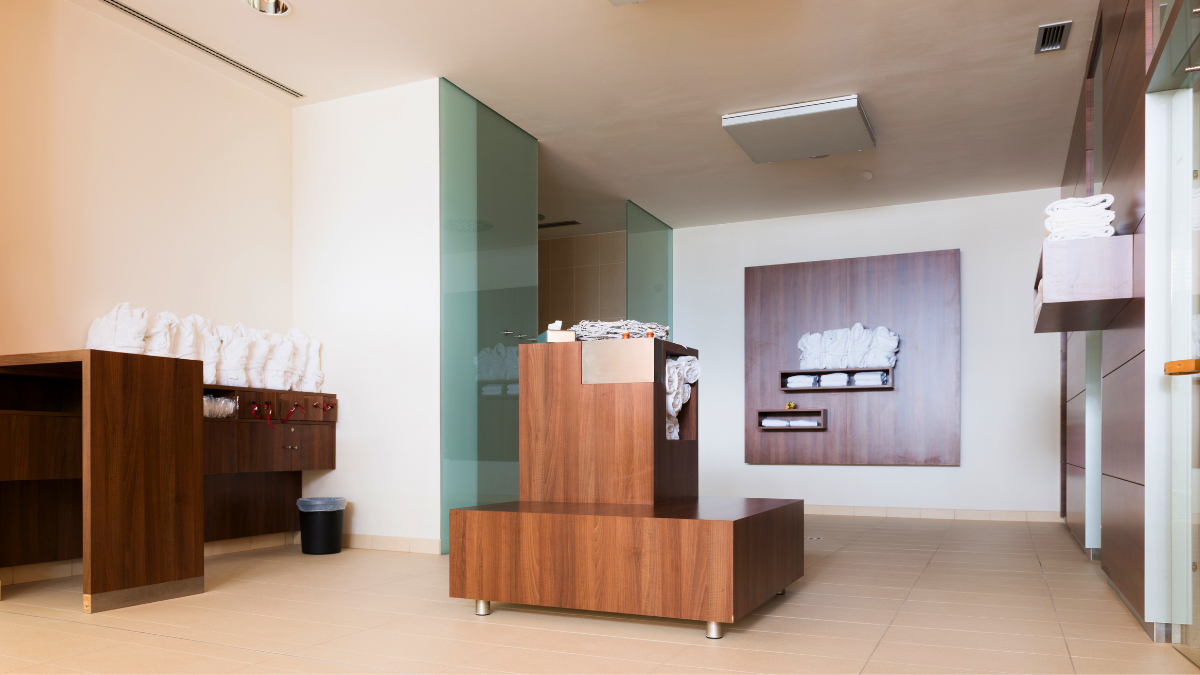
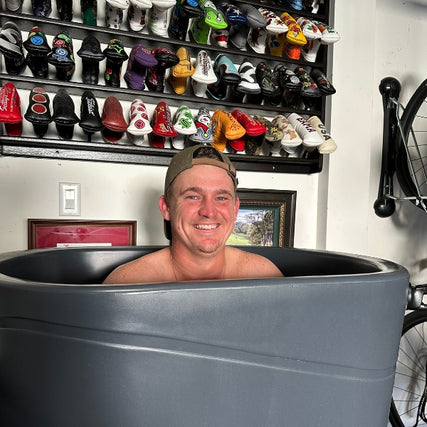

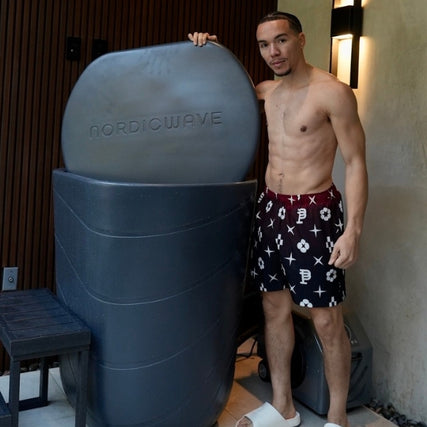
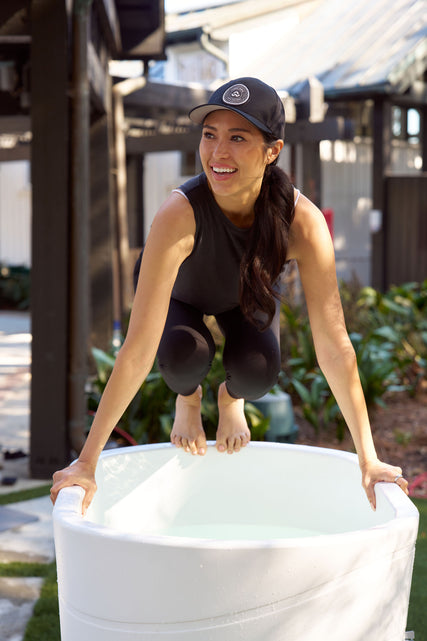
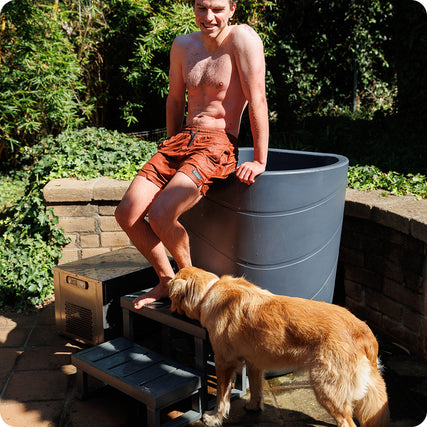
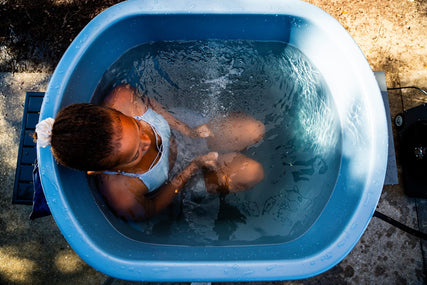
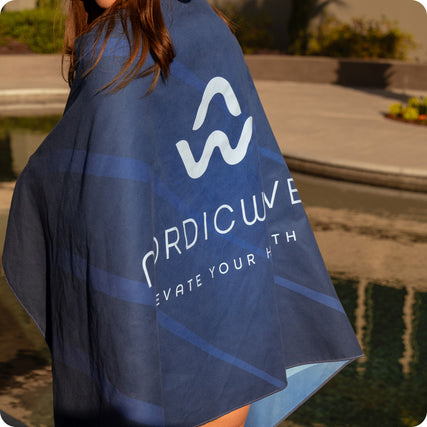
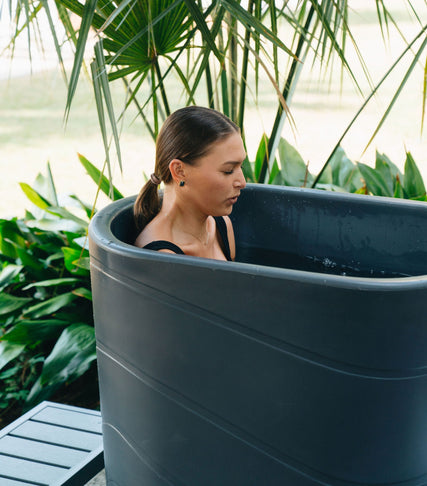
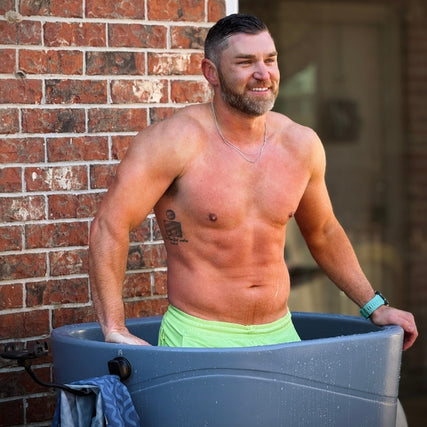
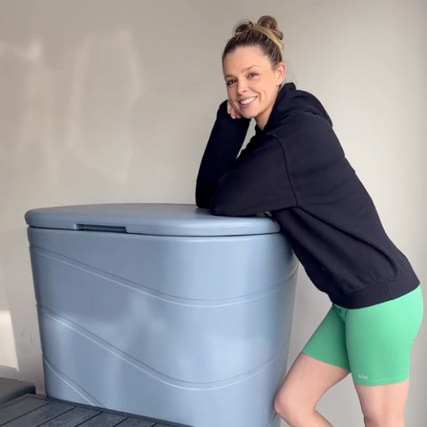
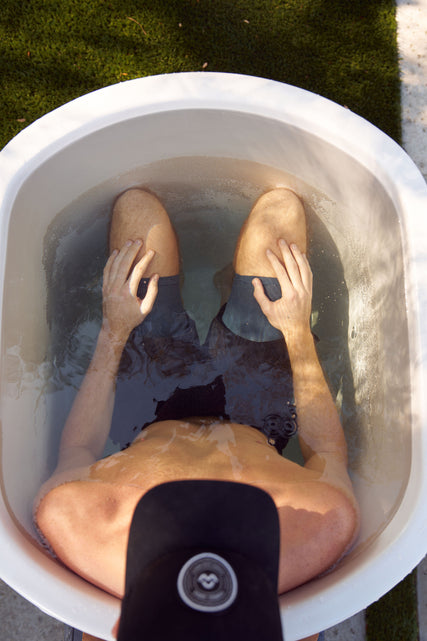
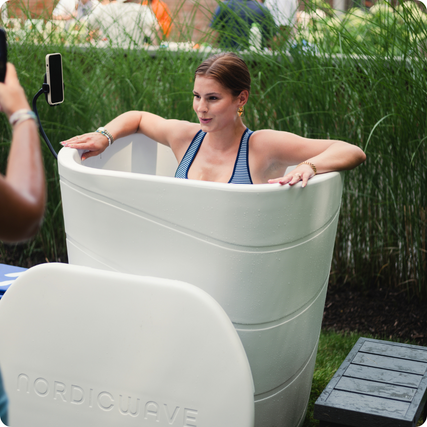
Share:
The Modern Wellness Facility’s Guide to Strategic Breathwork and Cold Therapy Partnerships
How Universities Can Get Ahead of the Campus Mental Health Crisis